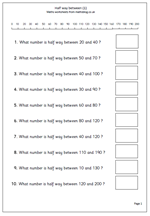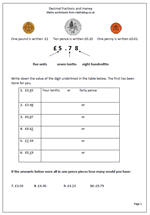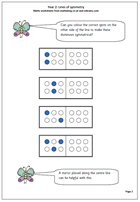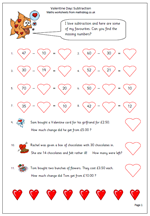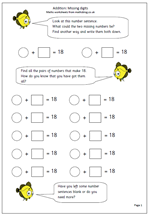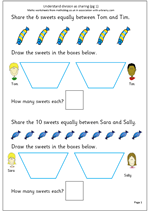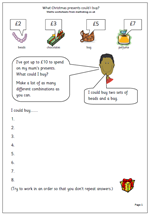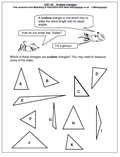Today I’m looking at a resource which has proved to be very popular and on the face of it this looks quite a simple task. However, many children (and adults) find it very tricky to work out what half way between two numbers is. Often there is a lot of ‘trial and improvement’ going on in people’s heads as they guess their way towards finding half way.
Two methods make the task fairly straightforward.
For method one a number line is very useful to start with. Put a finger of the left hand on the first (lower) number shown on the number line and a finger of the right hand on the second number. Then move the left hand finger one place to the right and the right hand finger one place to the left. Repeat this until the two fingers meet – that is your half way number.
The second way of finding half way involves two steps:
step 1: add the two numbers.
step 2: halve the answer.
This is the better method as it works for all numbers, not just those shown on the number line.
This page can be found in our Year 3, Counting and Number section
